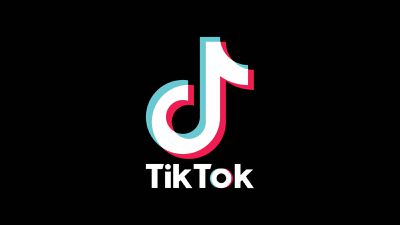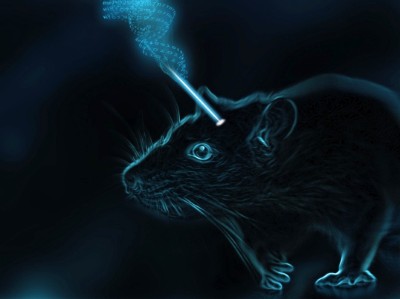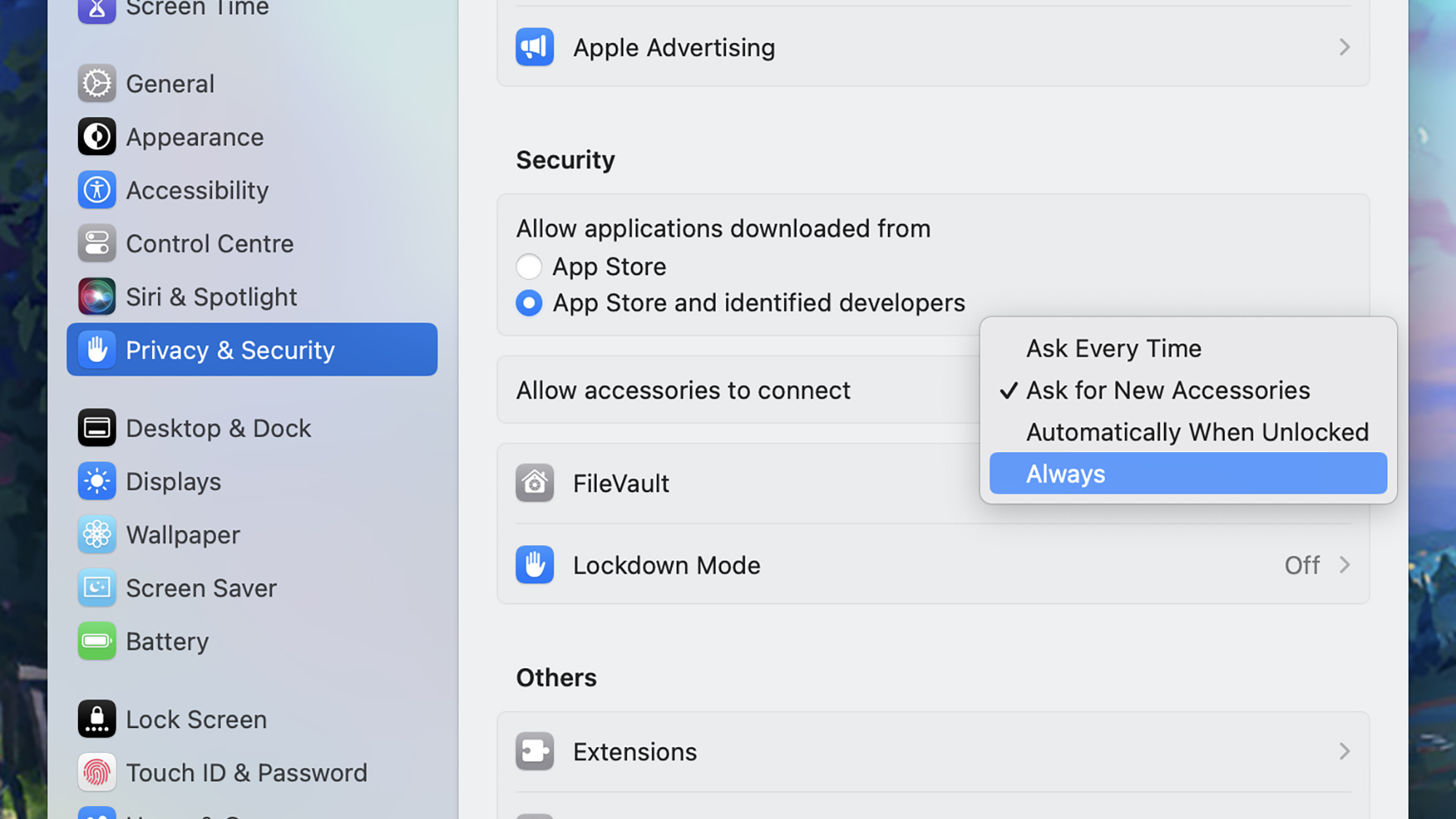[ad_1]
TikTok appears to be quietly showing some users an option to purchase “coins” on the web instead of through in-app purchases, circumventing the commission that Apple receives on digital purchases.

As noted by David Tesler (via TechCrunch) TikTok has been offering a limited number of TikTok app users an option to purchase coins on TikTok.com instead of in the app. “Try recharging on tiktok.com to avoid in-app service fees,” reads the text. “You can save the service fee and get access to popular payment methods.”
TikTok might get banned from the app store next week
Why? It looks like they’re circumventing apple fee by directing users to purchase coins via external payment methods pic.twitter.com/VG8ihvsRmv
— David Tesler (@getdavenow) April 30, 2024
Following through and opting to purchase from TikTok.com brings up an interface for using payment options such as PayPal or a credit/debit card. “Save around 25% with a lower third-party service fee,” the app suggests. The purchase workflow can be completed entirely in the TikTok app with no requirement to use in-app purchase.
TikTok’s coins are used as a way for users to provide “Gifts” to creators. Users pay real money for a certain number of coins, and those coins are used for little gift emoji that can be provided to creators. TikTok says that gifts are used to determine the number of “diamonds” awarded to content creators, and diamonds can be redeemed for money. A TikTok coin is worth about half a diamond, and 100 diamonds is worth 50 cents, so TikTok is collecting quite a bit of money during the conversion.
Apple requires in-app purchase to be used for digital goods and services, and TikTok’s “coins” presumably count as a digital good. If TikTok is indeed offering customers a way to purchase coins without in-app purchase as suggested by the screenshots from Tesler, then TikTok is breaking Apple’s App Store rules.
TikTok coins would likely be considered tips, and Apple has forced other major social networks like Facebook to use in-app purchase for a creator tipping feature. What TikTok is doing is actually similar to the direct purchase options that Epic Games added to the Fortnite app back in 2020, a move that ultimately led to the banning of the Fortnite app and a multi-year legal battle.
Most TikTok users are only able to purchase coins through the in-app purchase interface, and the option to purchase direct from TikTok with a credit or debit card is allegedly a feature showing up only for a small number of users. The option is perhaps being limited to those who have spent a lot of money on coins in the past.
[ad_2]
Source Article Link







